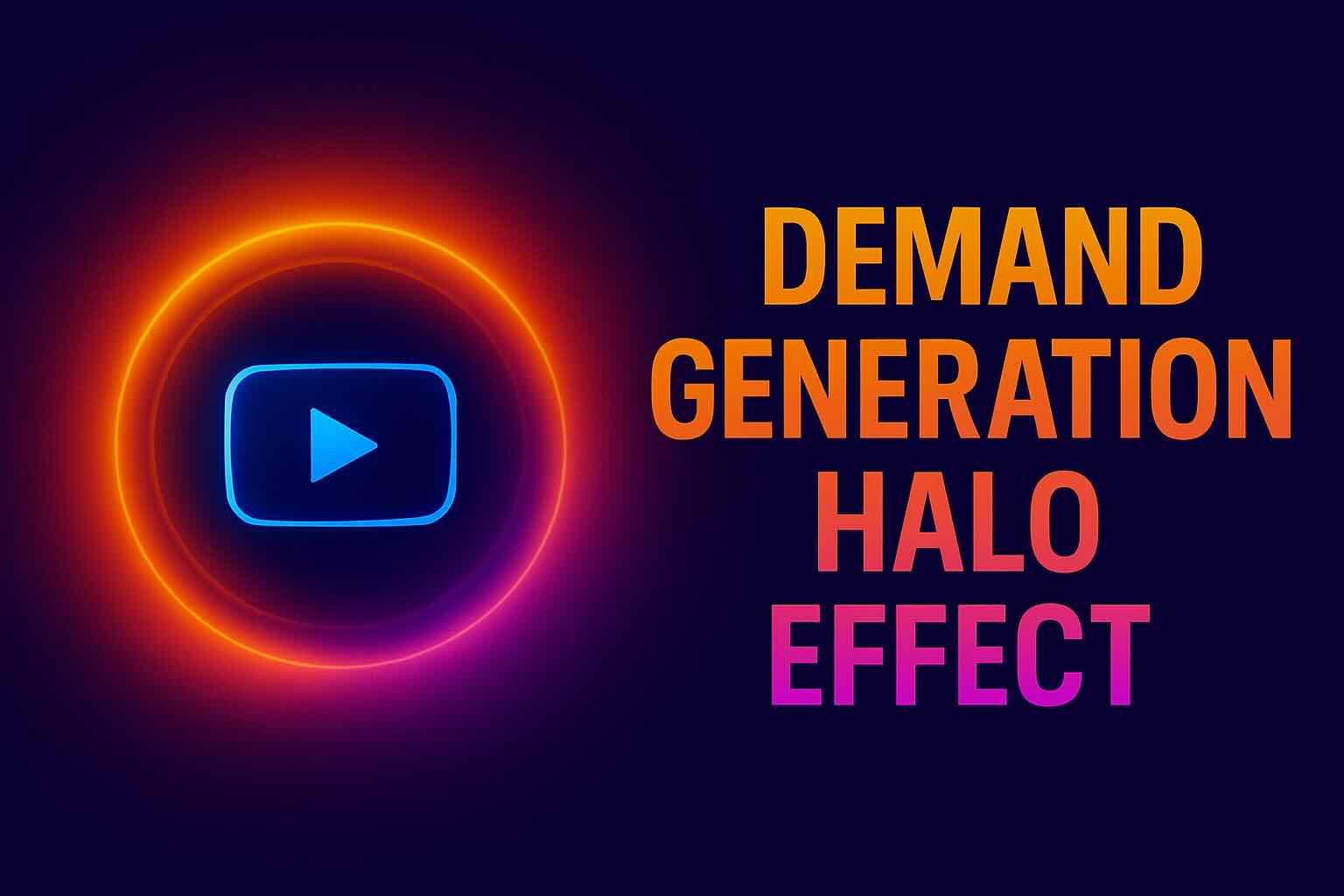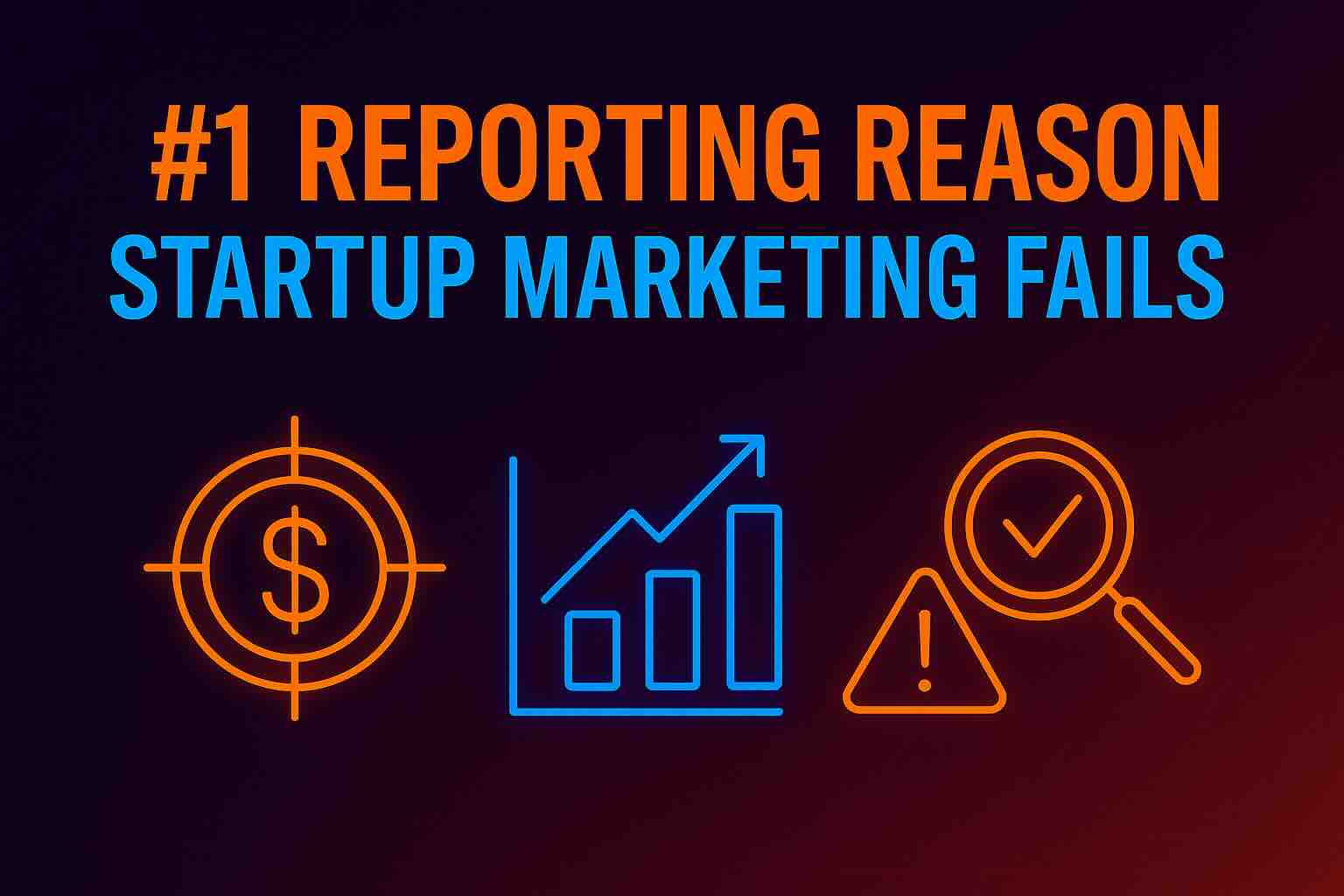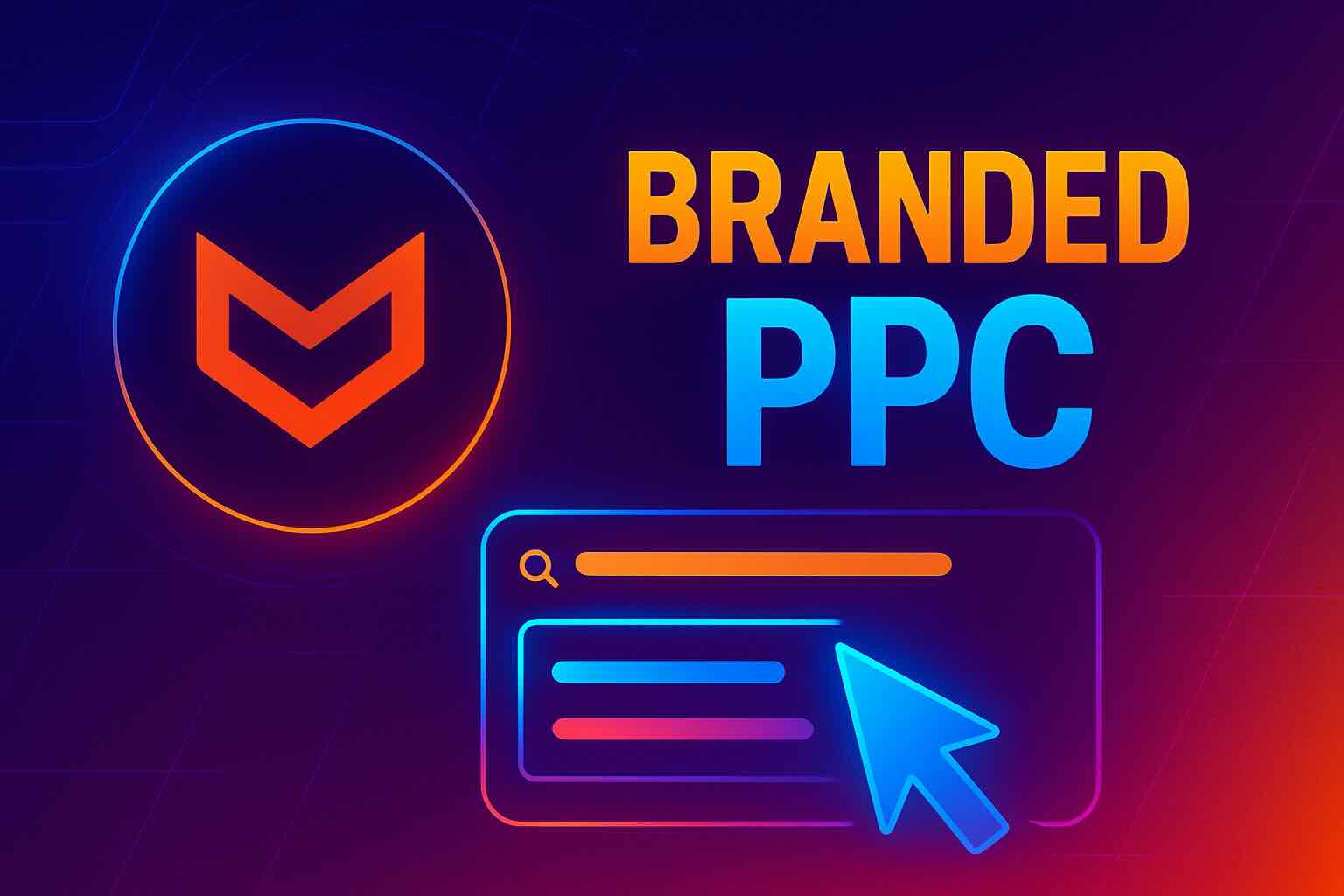Demand Gen vs. Intent: What Startups Get Wrong—and How to Fix It
Most startups waste marketing budget by confusing demand gen with intent marketing. Learn the difference, and how to fix it before it cost you.
In This Article
- Startup Founders: You’re Probably Spending Your Marketing Budget Backwards
- Intent Marketing: Capture the People Already Searching for You
- Demand Generation: Create Desire From Thin Air
- The Smart Play: Blend Both, Strategically
- Quick Cheat Sheet: Demand Gen vs. Intent
- So… Where Should You Invest?
- Final Thought: Strategy Over Tactics
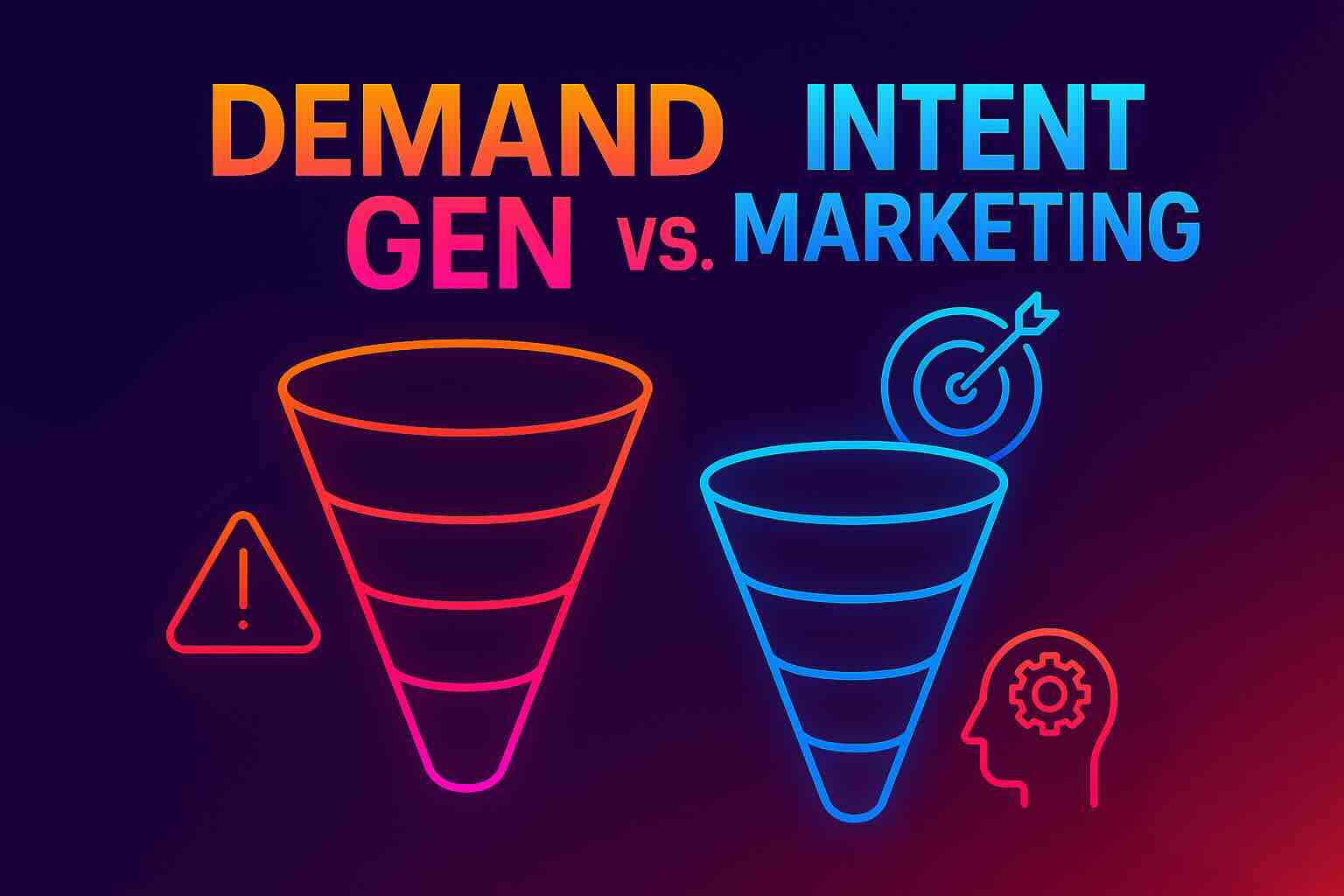
Startup Founders: You’re Probably Spending Your Marketing Budget Backwards
Here’s a hard truth I’ve seen play out again and again: most startups pour money into the wrong marketing strategy. Not because they’re reckless—because they’re confused.
They hear terms like “demand generation” and “intent marketing” tossed around in pitch decks and blog posts. But very few actually understand how they work—or when to use which.
The result? Burned cash. Stalled growth. And founders wondering why their brilliant product isn’t getting traction.
If you’re building a startup and unsure whether to focus on search ads or social media, direct intent or top-funnel awareness—this article is for you.
I’ll break down the real difference between demand generation and intent marketing, show you where each wins (and fails), and help you figure out exactly where your next marketing dollar should go.
Intent Marketing: Capture the People Already Searching for You
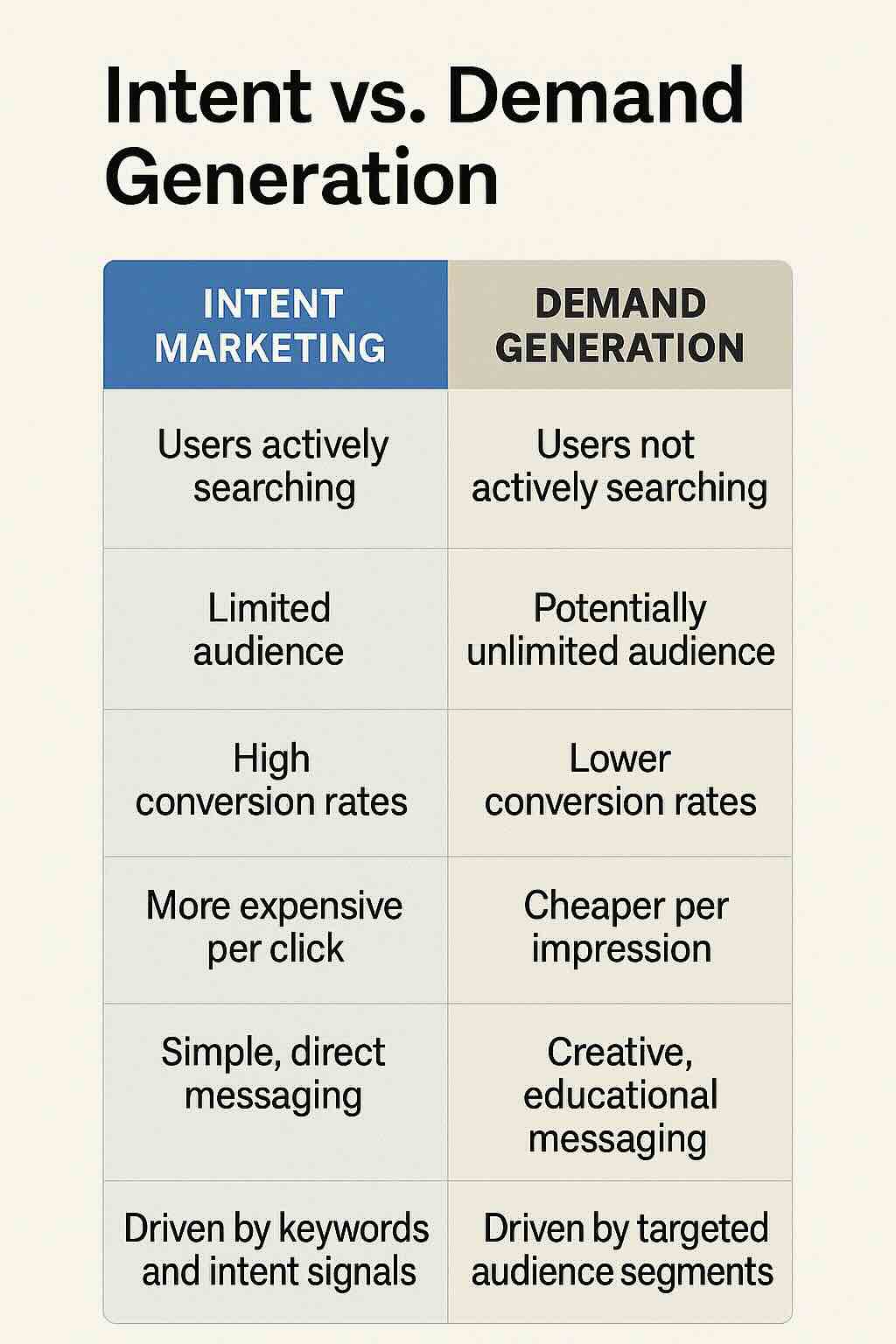
Intent marketing is like fishing in a stocked pond. You show up where buyers are already biting.
When someone types “best CRM for small business” into Google, they’re not browsing. They’re ready to buy. Intent marketing captures that moment.
How It Works
- PPC (Google Ads)
- SEO (Organic Search)
Why It Works
- Users are already problem-aware
- High conversion rates
- Shorter sales cycles
The Catch
- High competition = high cost per click
- You’re limited by existing demand
Example: Wix
Wix thrives here. Millions search for “website builder” monthly. Wix shows up with paid ads and strong SEO. It’s a textbook playbook for harvesting existing intent.
(Full disclosure: I played a key role in helping Wix build and scale their PPC operation. That firsthand experience shaped much of what I share here.)
Demand Generation: Create Desire From Thin Air
Demand generation is a different beast. You’re not waiting for people to search. You’re planting the idea in their heads.
If intent is fishing, demand gen is farming.
How It Works
- Meta (Facebook + Instagram)
- YouTube
- TikTok
You build audiences based on demographics, behaviors, and interests—not on search queries. Your job is to spark curiosity, educate, and inspire action.
Why It Works
- Massive scale potential
- Cheaper impressions
- Builds long-term brand awareness
The Catch
- Lower conversion rates
- Longer funnel
- Creative needs to punch hard
Example: Lingopie
When I worked with Lingopie, nobody was searching “learn languages by watching Netflix.” That idea didn’t exist.
So we made it exist—through bold ads, killer explainer videos, and educational YouTube content.
(And yes, I helped lead that PPC strategy too. Lingopie’s success came from smart bets on creativity, backed by data.)
The Smart Play: Blend Both, Strategically
No startup should go all-in on just one. The best approach is layered:
- Use intent marketing to capture existing demand.
- Use demand gen to build awareness and expand your market.
Examples:
Wix uses search to convert and social to scale.
Lingopie used social to break through, then added SEO and PPC to capture growing interest.
Even platforms like Meta blur the line. Their pixel-based targeting lets you retarget users with strong purchase signals. So yes, you can do intent on social.
Quick Cheat Sheet: Demand Gen vs. Intent
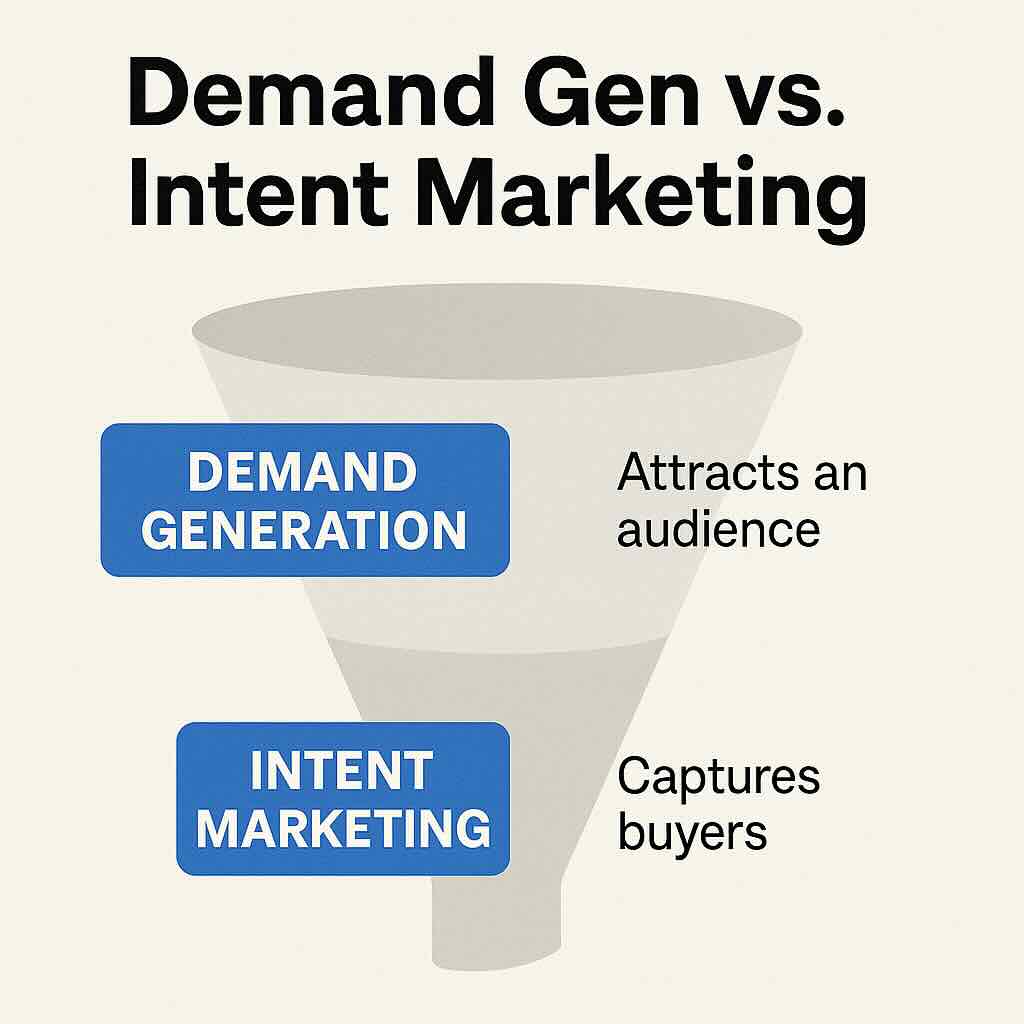
| Criteria | Intent Marketing | Demand Generation |
|---|---|---|
| Audience | Already searching | Not actively searching |
| Conversion Rate | High | Lower |
| Cost per Click | Expensive | Cheaper per impression |
| Messaging Style | Direct, solution-focused | Creative, educational |
| Funnel Stage | Bottom | Top/Middle |
| Scale Potential | Limited | Broad |
So… Where Should You Invest?
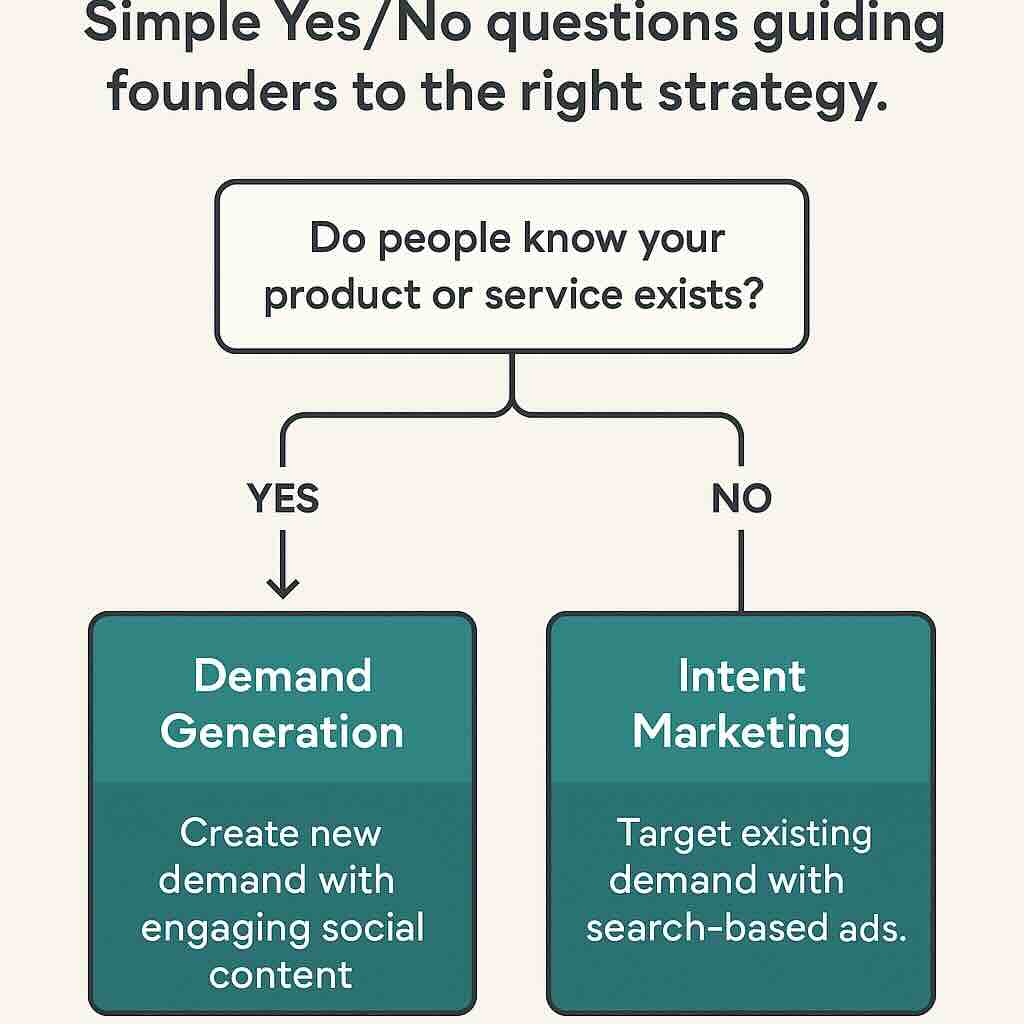
Ask yourself:
- Do people know your product or service exists?
- Yes: Go with intent marketing—they’re searching, and you’re ready to capture.
- No: Start with demand generation—you need to build awareness and spark desire.
Final Thought: Strategy Over Tactics
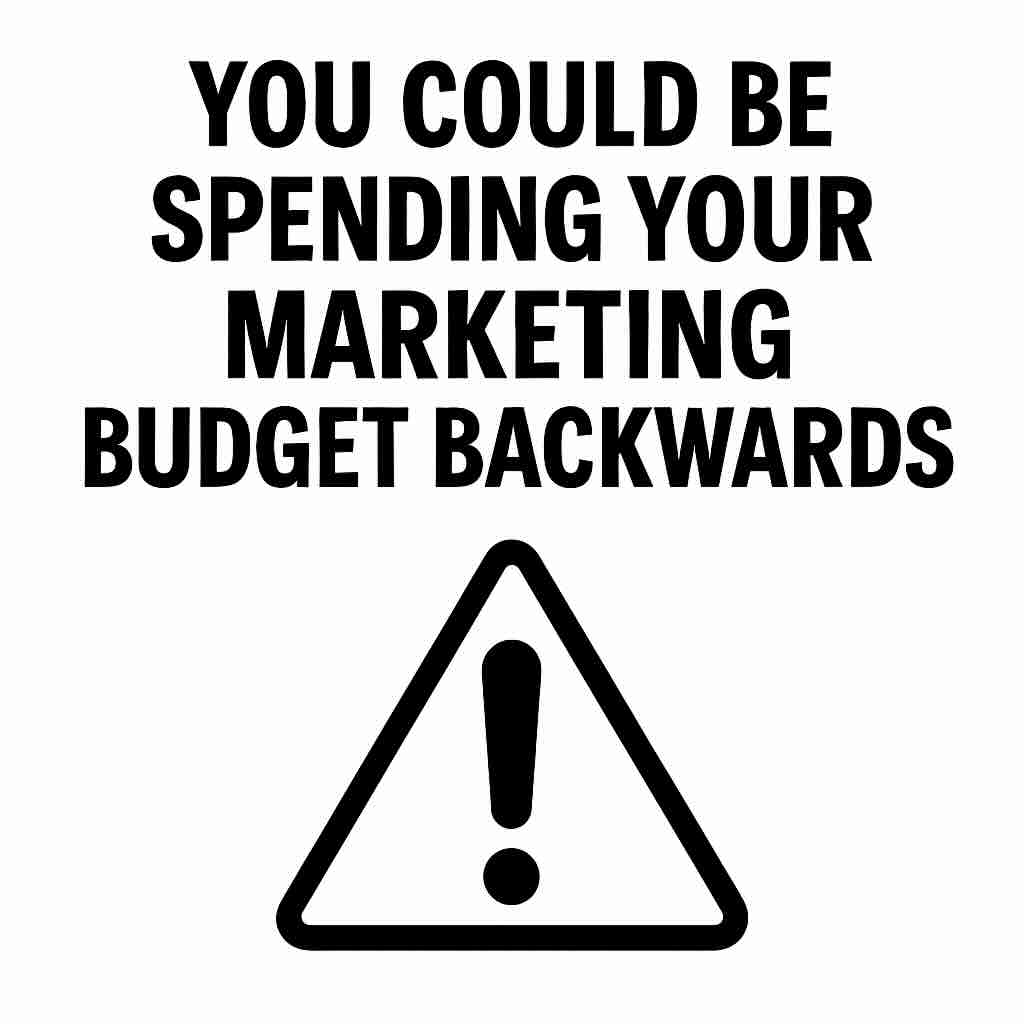
The biggest marketing mistake isn’t choosing Google over Facebook or video over text. It’s skipping the strategy conversation altogether.
Know your audience. Know your funnel. Match your channel to your intent.
Get that right, and your marketing stops feeling like guesswork.
Need Help? Let’s Get Strategic
I’ve advised startups from scrappy pre-seed teams to scaling Series A companies. If you’re stuck or unsure, let’s talk.
I’ll help you build a marketing strategy that matches your goals, product, and stage.
No fluff. Just clarity. Book a call.
Is Your Attribution Model Missing 50% of Your ROI?
Campaigns for demand generation—like YouTube, Instagram, and Facebook video ads—get cut all the time. Not because they don’t work, but…
Reading Time: 5 min
#1 Reporting Reason Startup Marketing Fails
The Metrics That Actually Matter In every high-performing startup I’ve worked with, there’s one thing they all have in common:…
Reading Time: 3 min
Why Ignoring Branded PPC Is Like Handing Your Customers to Competitors
Every smart marketer eventually hits this question: “Why should we pay for clicks on our own brand name? We already…
Reading Time: 4 min
